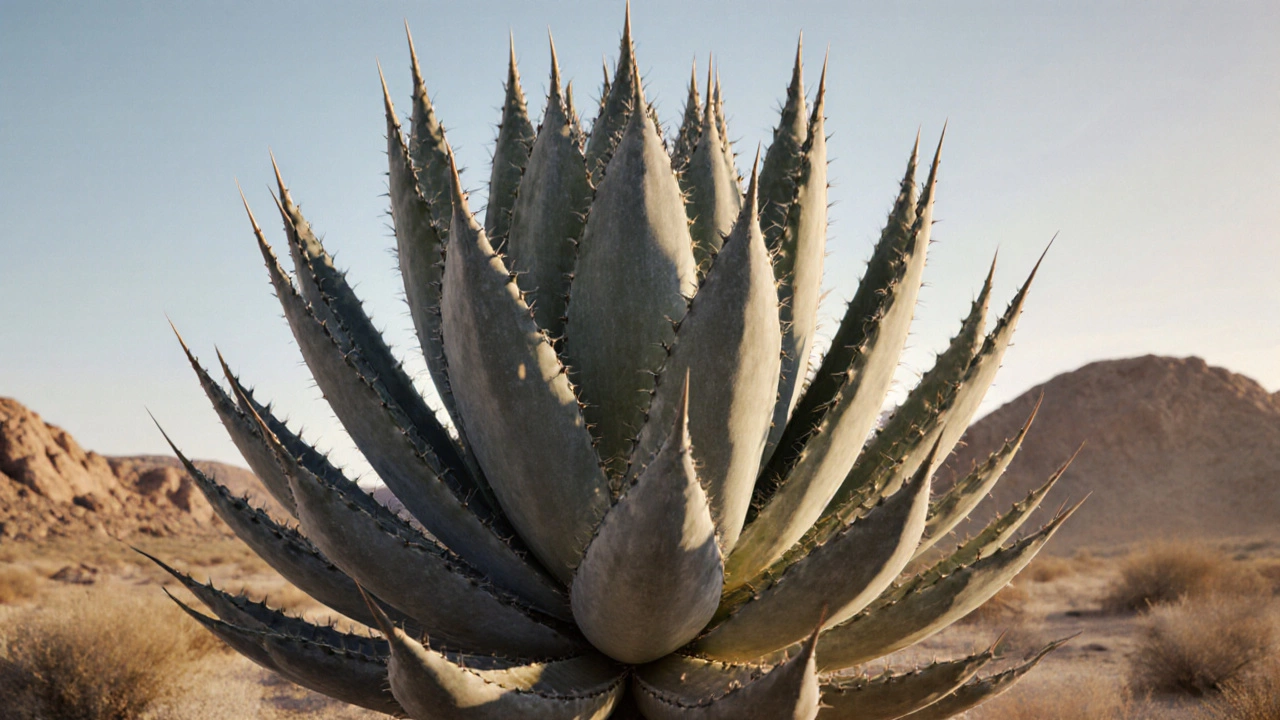Discover why Agave americana, the century plant, waits 30‑40 years to bloom, how it grows, what happens during its massive flower event, and how to care for it.
Agave Flowering: What Happens When It Blooms and What to Do Next
When an agave flowering, a slow-growing succulent that spends years storing energy before blooming once and then dying. Also known as century plant, it doesn’t live for a hundred years—but it does wait long enough to make its final show unforgettable. This isn’t just a flower. It’s the plant’s last act. Once it starts, there’s no turning back. The stalk shoots up like a tower, sometimes over 20 feet tall, drawing every drop of energy from the roots. It’s beautiful, dramatic, and final.
What most people don’t realize is that agave flowering, a natural biological trigger tied to maturity, not age or environment doesn’t happen because the plant is stressed or dying early. It happens because it’s ready. The plant spends 10 to 30 years (sometimes more) building up sugar reserves underground. Then, in one explosive burst, it sends up a flower spike to produce seeds. After that, the main rosette turns brown, collapses, and dies. This is normal. It’s not a mistake. It’s how agaves are built.
You’ll often hear gardeners panic when they see the flower stalk. They think they’ve done something wrong. But the truth? You didn’t kill it. You just witnessed its life’s climax. What you can control is what comes after. Look closely at the base of the plant. You’ll likely find small offshoots—called pups, baby agave plants that grow around the mother plant’s base and can be transplanted to continue the cycle. These are your future. Snip them off carefully, let them dry for a few days, then plant them in gritty soil. They’ll grow slowly, just like their parent. And one day, decades from now, they’ll bloom too.
Some folks try to cut the flower stalk early to save the plant. Don’t. It won’t work. The plant has already committed. That energy is gone. Cutting the stalk won’t bring it back to life—it’ll just leave a damaged, dying mess. Instead, enjoy the show. Watch the bees swarm the nectar-rich blooms. Take photos. Let the stalk stand tall until it naturally fades. Then, focus on the pups. That’s the real legacy of agave flowering.
This isn’t just about one plant. It’s about patience, timing, and understanding nature’s rhythm. If you’ve ever grown agave, you know how rare it is to see it bloom. Most people never do. The posts below cover real experiences—from gardeners who watched their agave flower in Delhi’s heat, to those who saved pups after a monsoon storm knocked the stalk over. You’ll find tips on how to spot the first signs of blooming, how to care for pups in Indian soil, and why some agaves bloom faster than others. No fluff. Just what works in Indian gardens.
